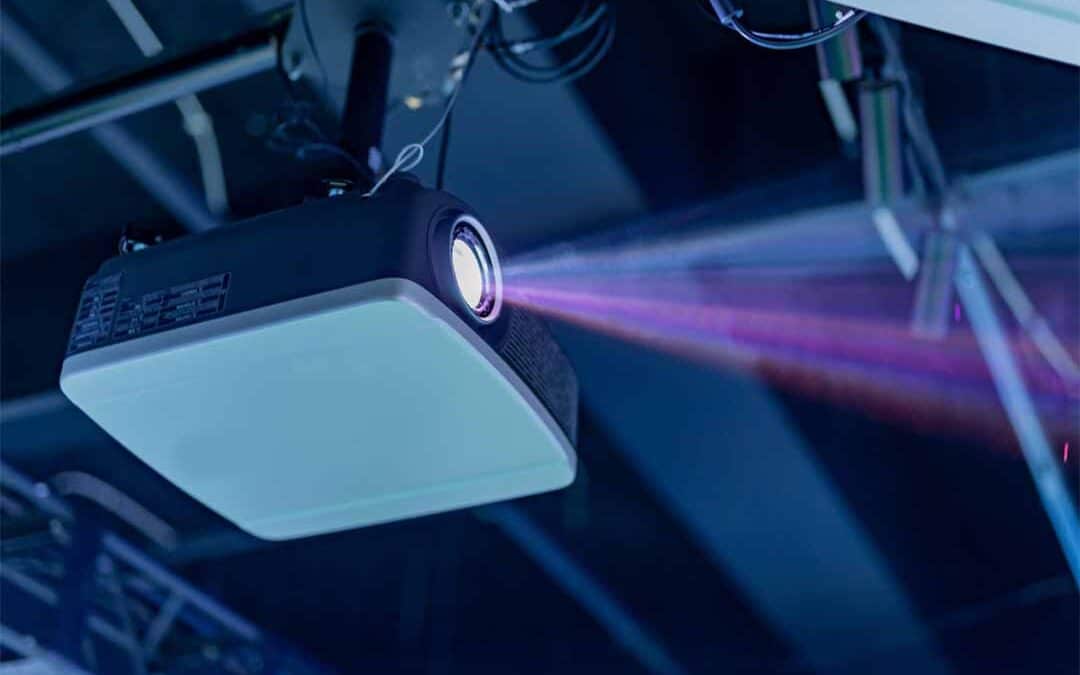AV equipment is the stuff that helps you get your message across. It’s the equipment used for presentations, meetings, and other events where people need to see and hear what’s happening. For example, AV equipment might include a projector, microphone, or screen. There are many types of AV equipment available, though they all serve some purpose to help you communicate effectively with your audience (or clients).
What is AV equipment?
You may have heard the term “AV equipment,” but you may not know precisely what it means. AV stands for audio-visual equipment and includes any electronic device used to create audio and visual experiences. Audio and visual equipment covers many things, including microphones, speakers and other audio equipment, video cameras, and display devices.
The purpose of audio and visual equipment is to allow for the transmission (or production) of sound or images through various kinds of media. This can include radio waves, infrared signals, or direct cable connections. Audio-visual equipment also includes camera lenses and lighting instruments that capture images on a film or digital storage devices such as memory sticks or hard drives.
See What Cynergy Can Do For You
Elevate your audio and visual experience with Cynergy Technology’s professional AV equipment services—request a quote now.
5 Common Types of AV Equipment
The following are the five types of AV equipment:
Microphones
Microphones are used to capture sound. You’ve likely seen them often in classrooms and conference rooms, where they’re used to record lectures, business meetings, presentations, interviews, and podcasts.
Speakers
Speakers are one of the most common electronics in a home theater. They’re responsible for playing music, and other audio/video content, so audio quality is essential.
Speakers have two main parts: a speaker cone and a voice coil. The voice coil acts as an electromagnet, which moves the cone back and forth to create sound waves when the current is applied. Speakers come in several different varieties but typically fall into three categories: powered (with amplifiers), unpowered (without amplifiers), passive or active — each with its advantages and disadvantages depending on your needs.
Passive speakers have no power source; they rely entirely on electricity provided by the source device itself. Powered speakers receive their power via an external amplifier connected via RCA cables or Bluetooth wireless. They also provide additional amplification for low-power sources like smartphones or tablets without requiring an external amp as passive models do. Active speakers have both components built into one unit. At the same time, passive models use separate transducers and amps, which results in better sound quality from active units due mainly because they don’t need any crossover signal between channels causing less noise interference overall, which helps produce clearer highs/lows overall.
Projectors and screens
Projectors and screens are used to display images on a screen. Projectors can be used in classrooms, auditoriums, and meeting rooms for presentations. They can also be used to display video or images from a computer.
Projectors have several different inputs that allow them to receive signals from different sources:
- HDMI (High-Definition Multimedia Interface) – This is the most common type of input found on projectors today
- VGA (Video Graphics Array) – Older computers usually use this with VGA ports on them; it’s also commonly found on old-school TVs and monitors
- Component Video – This is a less common type of input found on some projectors; it’s typically only found in more expensive models
- DisplayPort (DP)- This is a newer type of input that’s becoming more common on projectors. It allows for high-resolution video and audio to be transmitted from a computer or other device.
A more recent combination of screens and projectors are interactive and flat panel displays.. Looking like a modern television, these display panels mount to the walls in places where information needs to be shared such as board rooms, waiting rooms, factory floors and classrooms. A standard flat panel display combines the capabilities of the projector and the screen into one device that becomes the visual focal point of the meeting, notification system or class. An interactive display is similar but allows the presenter to control and manipulate the information being presented by touching the screen – a unique advantage when trying to capture and hold audience attention.
Lighting
Lighting can be used to create a mood or atmosphere, highlight your speakers and displays, create special effects, and much more. It is one of the most powerful tools for creating a professional look. It’s important to note that many different types of lighting equipment available today can do different things. For example:
- Light bars – these are typically mounted on top of speakers where everyone can see them in the room.
- Spotlights – these are positioned above the front stage area to highlight those speaking (or singing) at any given time.
- Strobes – these light flashes can be used during transitions between scenes, like moving from one speaker to another.
Cables and adapters
AV cables and adapters are the connecting pieces of equipment. These small, sometimes invisible accessories connect all your equipment. You can purchase these separately or in bulk. If you’re working on a large project, it’s probably best to buy them in bulk so that you always have enough cables on hand to complete a job.
Cable lengths are another important part of purchasing the right cables. If you’re working on a large project, it’s best to have plenty of different lengths available. This way, if you need to run cables from one room to another, you’ll be able to choose the proper length for the job instead of having to cut and splice wires together.
Cynergy Technology AV Equipment Services
AV equipment is a valuable tool for any business looking to communicate with customers. Whether it’s for presentations, sales meetings, or conferences, this equipment will help you engage your audience and create a memorable experience.
Cynergy Technology is a leading provider of AV equipment services for the #audio and visual markets. We offer a broad range of professional services, including AV equipment repair, AV equipment installation, AV equipment maintenance, and more.
If you’re looking for an experienced team to help with your audio-visual needs then contact our team today







